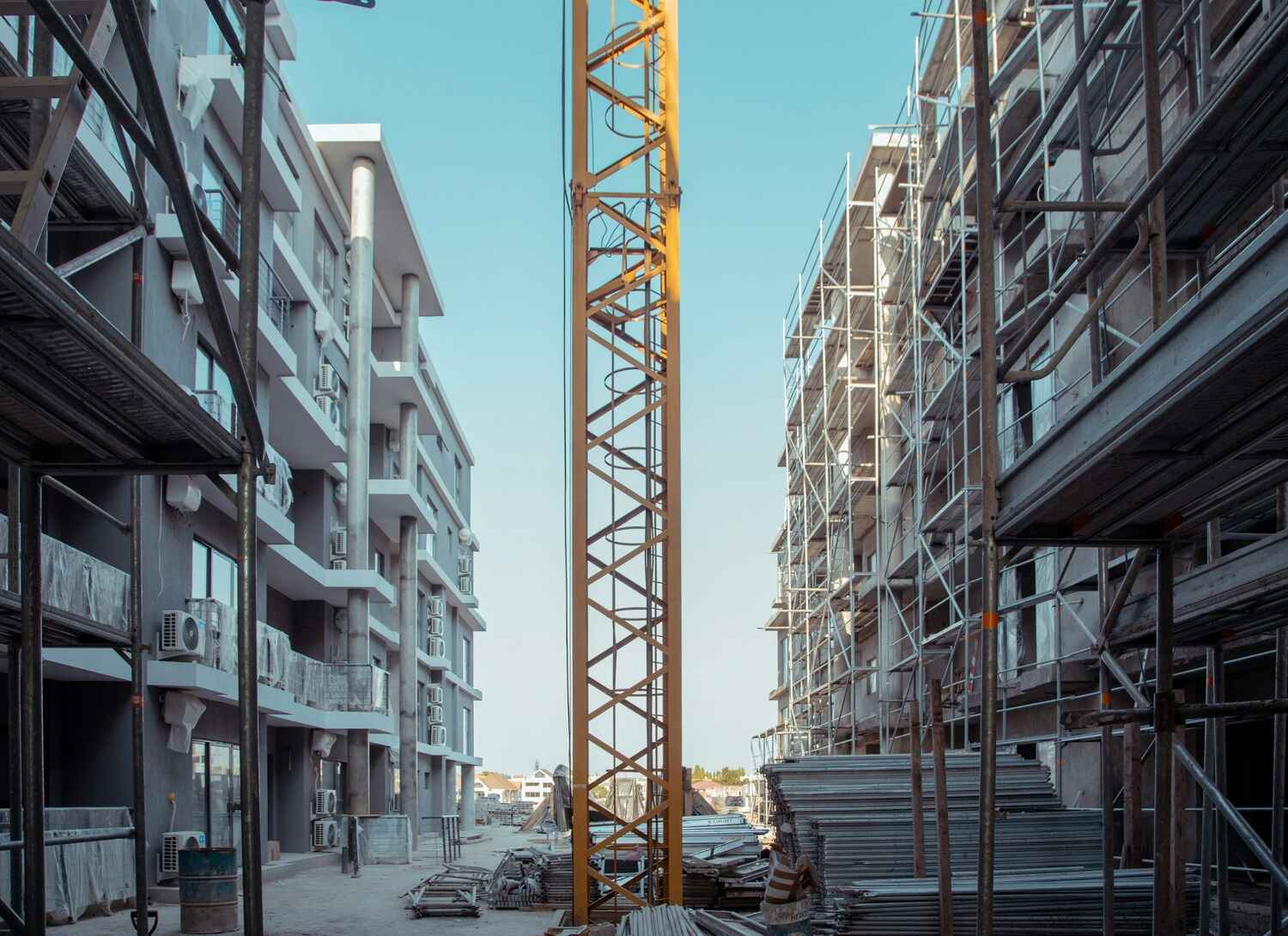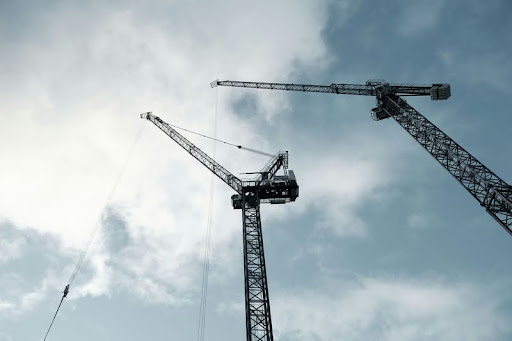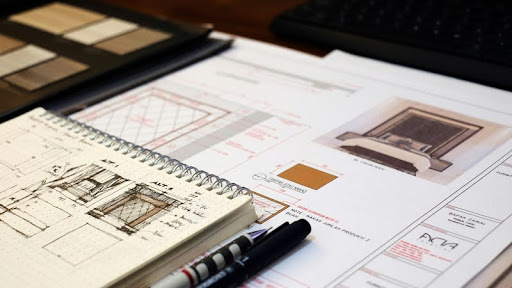
Let’s face it – construction projects can be chaotic. Between the shifting timelines, ever-changing budgets, and a hundred different contractors, it’s easy for things to get lost in translation. But what’s one thing that can keep it all together? You guessed it: communication.
Effective communication is the glue that holds every project together. It’s not just about making sure everyone is on the same page (although, that’s important), it’s about ensuring that things stay smooth, mistakes are minimized, and progress keeps moving forward. Without it, a project can quickly fall apart.
In this article, we’ll walk you through why strong communication is a game-changer for construction success, and how you can make it work for you.
The Building Blocks of Effective Communication in Construction
Before diving into the tools and tech that help communication thrive, let’s start with the basics. You know, the foundational stuff.
Clear Expectations: Set the Stage Right
One of the biggest communication breakdowns in construction is a simple one: not setting clear expectations. It’s like trying to build a house on a shaky foundation – you’re asking for trouble. When everyone knows exactly what’s expected from the start, there’s less room for confusion.
Take, for example, a situation where the project manager has a vague idea of what the client wants but never clarifies those details with the team. That’s where mistakes pile up. Clear expectations ensure that all team members, contractors, and stakeholders are aligned on the project’s vision, timeline, and budget. Simple, right?
But let’s take it a step further. When you’re upfront about what needs to be done and when, it helps everyone feel more confident in their role. And when people feel confident, they perform better.
Roles & Responsibilities: Get Everyone on the Same Page
If you’ve ever been on a project where it seemed like everyone was doing everything, you know how frustrating it can be. Nobody knows who’s in charge of what, and things slip through the cracks. In construction, this can be a disaster. To keep things running smoothly, make sure every single person knows their role.
By defining responsibilities clearly, you prevent overlap and confusion. It also means that if something goes wrong, you can point to where the miscommunication occurred and fix it without a huge mess.
Tools and Technology That Enhance Communication
It’s 2025. No one wants to rely on old-school methods like paper blueprints and chalkboard sketches. The modern construction site is all about using tools and tech to make communication faster and more efficient.
Project Management Software: Your Digital Command Center
You might have heard about project management software, but it’s not just a trendy buzzword – it’s a lifesaver. Tools like Procore, Buildertrend, and Trello aren’t just for checking off tasks. They’re essential for keeping everyone updated on the same page.
These platforms help you manage schedules, budgets, and tasks in one centralized spot. The benefit? Everyone gets real-time updates. Imagine this: a change is made to the project timeline, and within minutes, every team member, contractor, and stakeholder is notified. It’s that simple.
With project management tools, communication becomes much more efficient, and mistakes due to lack of information are reduced. You can upload documents, track progress, and even chat directly with your team all in one place. Less running around looking for info, more doing the actual work.
Real-Time Messaging: Quick Responses, Fast Decisions
Sometimes you don’t need a whole project management software to communicate; you just need to send a quick message. That’s where platforms like Slack or Microsoft Teams come in. These messaging apps allow instant communication – perfect for when you’re standing on a construction site and need a quick update or approval.
Whether you’re confirming a last-minute decision, coordinating with a subcontractor, or just making sure everyone’s on the same page, these tools streamline communication so there’s no delay in decision-making. When time is money, every minute counts.
Collaboration Platforms: Working Together, No Matter the Distance
You don’t need to be in the same room to collaborate effectively. Cloud storage and shared documents (Google Drive, Dropbox, etc.) let everyone work from anywhere. This is a huge game-changer for teams working remotely or in different locations. No more waiting for someone to fax or email a document over.
By having everything stored in one place that everyone can access, you make it easy to share blueprints, schedules, and other key documents. This reduces confusion, and more importantly, ensures that everyone is working off the same version of the plan.
Face-to-Face Communication: The Power of Site Meetings
While tech tools are amazing, there’s still no substitute for good old-fashioned face-to-face communication. Being on-site and talking with your team regularly can save you from big headaches down the road.
Regular Check-Ins: Keep It Consistent
When it comes to construction, things change constantly. A problem crops up, a new idea is floated, or a client wants to tweak something. Regular site meetings – whether they’re daily or weekly – are key to staying on top of everything.
Think about it: a daily stand-up or a weekly check-in ensures that issues get flagged early on, before they turn into expensive problems. These meetings don’t have to be long – just short, focused updates on what’s happening, what’s changed, and what’s next. This keeps the momentum going and ensures everyone is on the same page.
Addressing Issues Early: Prevent Problems Before They Blow Up
The earlier you catch an issue, the easier it is to solve. Site meetings are the perfect time to flag potential problems and nip them in the bud. Instead of letting a miscommunication spiral into a major setback, take a moment to discuss it openly with your team.
Think about it: a small misunderstanding about building materials can quickly escalate into a major delay if it’s not addressed right away. Having that face-to-face communication helps prevent this, and keeps the project moving forward smoothly.
Team Engagement: Everyone’s Voice Matters
Don’t just have the project manager and contractor doing all the talking. Get input from everyone on the team. When people feel heard, they’re more likely to stay engaged and invested in the project. Plus, they may notice things you missed – the best solutions often come from the people who are directly working on the ground.
Communication Between Contractors and Clients
If you’re a contractor or project manager, you know how vital it is to keep your client in the loop. After all, they’re the ones who’ll be living with the results of your hard work. But it’s not just about sending updates – it’s about building a relationship based on transparency and trust.
Setting Expectations Early: Make Sure Everyone’s on the Same Page
It’s easy to assume that the client knows what’s going on, but that’s rarely the case. They might have expectations that aren’t aligned with what you’ve planned. That’s why clear communication at the outset is crucial.
Before any work begins, sit down with the client and get on the same page. What are their priorities? What’s their budget? What’s their timeline? By answering these questions early, you set yourself up for a smooth project, with no surprise hiccups later on.
Regular Client Updates: Keep Them Informed
Clients appreciate being kept in the loop, and when you’re transparent with them about progress, setbacks, and budget changes, it builds trust. Regular updates, whether through emails, phone calls, or meetings, show that you’re on top of things and help avoid misunderstandings.
No one likes to feel like they’re being kept in the dark. By providing consistent, honest updates, you reassure your client that everything is under control – even if there are a few bumps in the road.
Handling Conflict and Miscommunication
Even with the best communication in place, things don’t always go smoothly. Misunderstandings happen. Conflicts arise. So, how do you handle them without letting them derail the entire project?
Common Communication Failures
Miscommunication often happens when expectations aren’t clear, or when information isn’t shared quickly enough. A contractor might miss a key detail in a blueprint, or a deadline might slip through the cracks. The key here is to address the problem head-on, without letting it fester.
Conflict Resolution Strategies
The most effective way to handle conflict is through open and honest conversation. If something’s not working, speak up. If a client has concerns, address them immediately. Don’t let issues sit until they become bigger problems.
And don’t forget to listen. Sometimes, conflicts arise because one side hasn’t been fully heard. Giving everyone a chance to explain their point of view helps to defuse tension and leads to quicker solutions.
The Benefits of Strong Communication in Construction
At the end of the day, strong communication makes your life easier. But what are the real benefits?
Faster Decision-Making
When communication is streamlined, decisions are made faster. No more waiting for answers. No more confusion over what’s needed. Everyone knows what’s going on, so decisions can be made quickly and with confidence.
Avoiding Costly Mistakes
Mistakes are expensive – in both time and money. But when everyone is in constant communication, mistakes are caught early, before they become costly problems. A simple clarification can save you thousands of dollars.
Building Trust and Morale
Good communication builds trust. When you keep your team and clients informed, they feel confident in your abilities. When people trust each other, they work better together, creating a positive work environment and driving the project to success.
Conclusion
Strong communication isn’t just a nice-to-have on a construction site; it’s essential. Whether you’re managing a team, working with clients, or coordinating multiple contractors, being able to communicate clearly and effectively can be the difference between a smooth project and one that falls apart.
So, take the time to set clear expectations, use the right tools, hold regular meetings, and build strong relationships through open, honest communication. With the right approach, your next construction project won’t just survive – it’ll thrive.






1 thought on “Constructing Success: How Strong Communication Can Save Your Project from Falling Apart”
Comments are closed.